[Based on DIY Quarto: Printing quartos in Shakespeare’s time https://www.folger.edu/publishing-shakespeare/diy-quarto]
CLOSE
Welcome to the Virtual Printing House
Try arranging pages into your own quarto edition of El Ingenioso Hidalgo Don Quijote de La Mancha.
We base this example on digital images of the BNE’s copy of the first printed edition of Don Quijote, in Madrid, 1605. One of our goals is to heighten the sense that you are viewing a freshly printed sheet.
First a brief introduction to hand printing. Western books are constructed of groups of folded paper sheets. The folded sections are called quires, signatures, or gatherings. With books printed on paper, the entire sheet of paper is printed at once, one side at a time, and then folded up to form the signature. A quarto format is created by folding a sheet twice. A conjugated quarto is a gathering of two folded sheets inserted one into the other to produce 16 pages.
In hand printing, the type is set by a compositor, line by line, who will then impose the set type within a chase, which is a metal frame holding the type. Then, four pages are mounted in a matrix or forme, applied ink and then transferred to paper sheet in the printing press. After that, the forme is returned to the compositor, who then distributes the type back onto the type-cases. In other words, all four pages are taken apart and no longer exist. If the workshop later decided to print more copies of this sheet, they would repeat the entire process of type-setting, imposing and printing. To reset and reprint an entire forme from scratch is to create a new edition. It may be a new edition of the whole book – every single forme is reset – or it may be a new setting of a specific forme.
Eight pages per sheet of paper
Take a single sheet of paper, print eight pages out of sequence, then with folding, create a readable text in what’s known as a gathering in quarto format. That is what the printers of Don Quijote did. To see how, drag and drop the text of four pages onto one side of a sheet of paper. Note the change in orientation for some of the pages. Then flip the sheet to “print” four additional pages. Fold to create one quarto gathering with the first eight pages of the play.
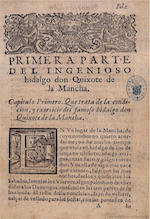

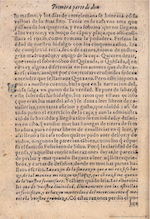

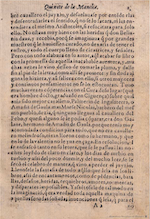

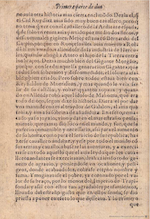

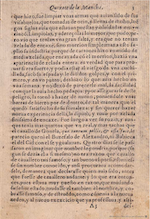

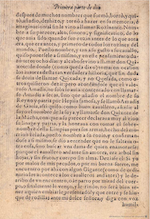

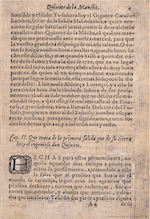

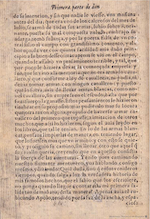

2r
3v
1v
4r
3r
2v
4v
1r
For Don Quijote, the printers followed this process for eighty-two more sheets, to create a total of eighty-three regular gatherings, with eight pages each. To keep these sheets in order, each gathering was given an identifying letter of the alphabet as a “signature” by the printers. The text of Don Quijote started here with the letter A. Unlike England, where texts often started with the signature B, as printers left the A for materials like title pages, which were often printed last. In comparison, Hamlet has 12 sheets
The sequence of regular gatherings in Don Quijote runs from A through Z, then Aa through Az, Bb etc.
After the printing was finished, the sheets were folded and assembled in alphabetic order to be ready for sale.
The first edition of Don Quixote as a whole is a volume of six hundred and sixty-four pages, in eighty-three quarto sheets (conjugated, except for the first and last two, in two-sheet gatherings). See the interactive online version of the first edition of Don Quixote.
See also Printing quartos in Shakespeare’s time and the video Chancery Papermaking at the University of Iowa’s Center for the Book.